Las Aves islands (Bird Islands) consist of two atoll-like reef complexes between Los Roques archipelago in Venezuela and Bonaire, which is part of the Netherlands Antilles. Las Aves islands are not to be confused with Isla de Aves, which we visited a couple of weeks earlier.
The archipelago consists of two island groups, Aves de Barlovento to the East and Aves de Sotavento to the West. There are no inhabitants on the islands, only a few fishermen and the coast guard. This means that there is no immigration and customs either, so we were officially checked out of Venezuela before arriving.
Some sailors spend one night at Aves de Barlovento, where the only other people you will meet are fishermen. We ended up spending three nights there, and were joined by another boat while there.
The fishermen are very happy if they can trade some fresh water or soft drinks for fish, or sell you some fish. We ended up buying fish and a lobster from them, and also filled up their fresh water tanks.
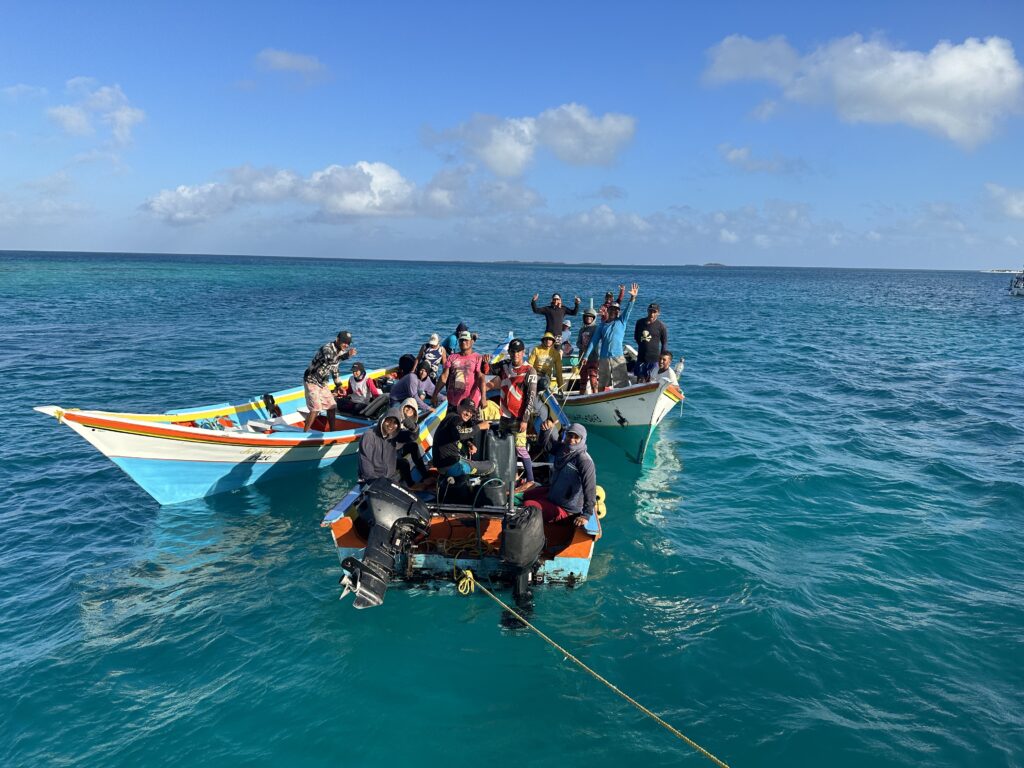
The fishermen (and one woman!) we met originally come from Isla Margherita, some 380 km to the East. They stay here for a couple of months in a row, the three small boats on the photo do the fishing, and they have a bigger boat that goes to Curacao once per week to sell the catch.
They seemed good spirited and a well established team. The senior fishermen operate the boats, and the juniors dive for conch shells and lobsters. They told us they dive up until 30 meters, so quite deep. They use fairly basic equipment – a compressor onboard the boat and a long hose to provide the diver with air.
We visited one of the fishing huts, which currently was uninhabited, and learned a little more about the life of the local fishermen. Their accommodations on the island are also very basic, but with steady temperatures and little rain, it looks like it provides the essentials.
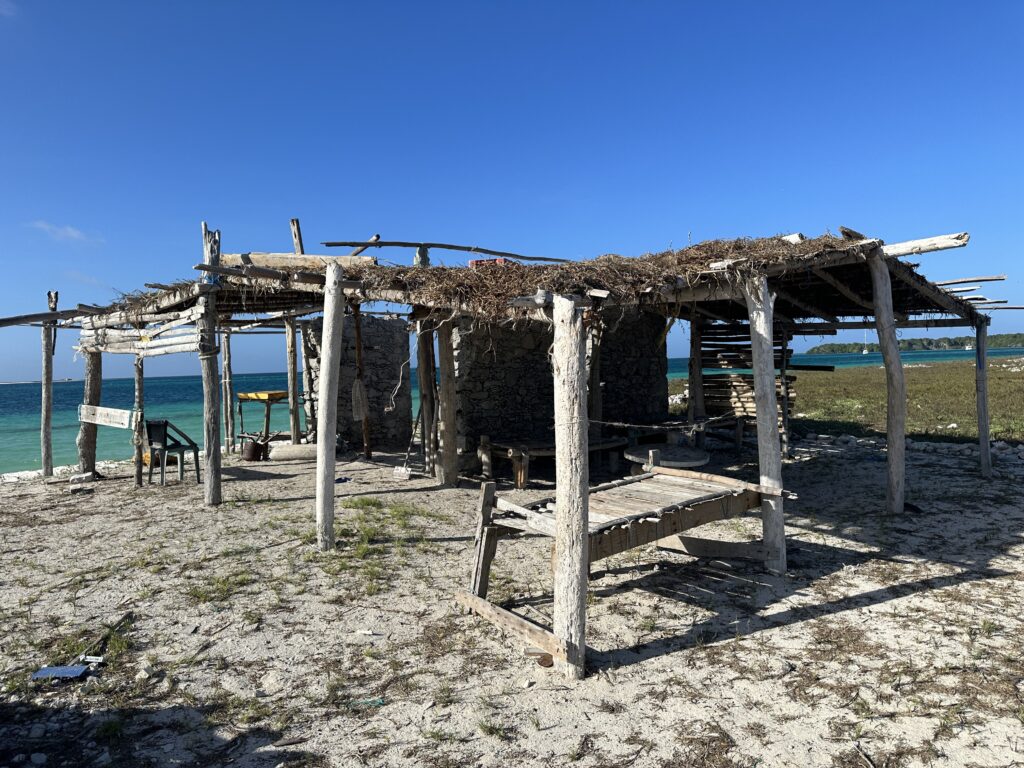
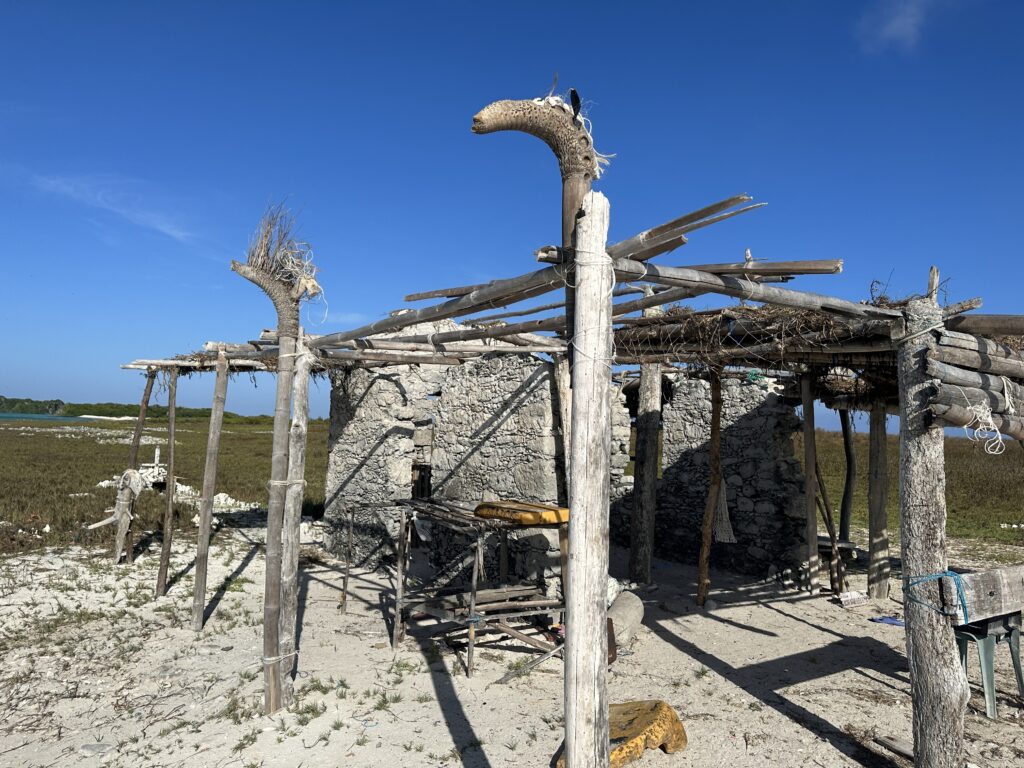
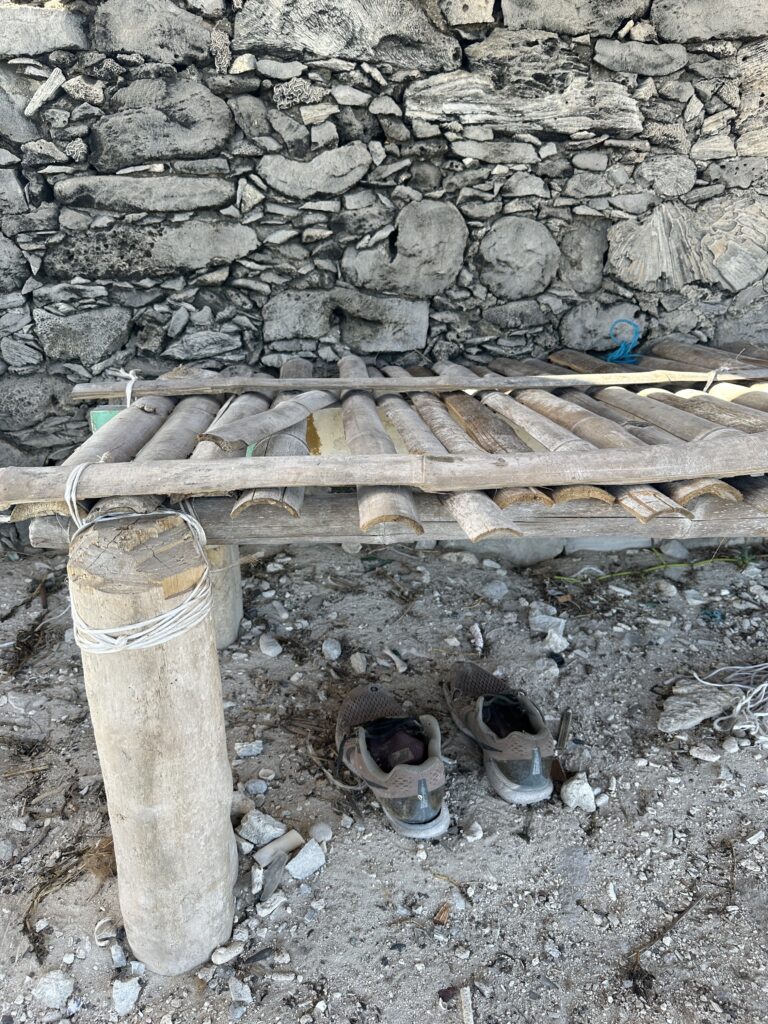
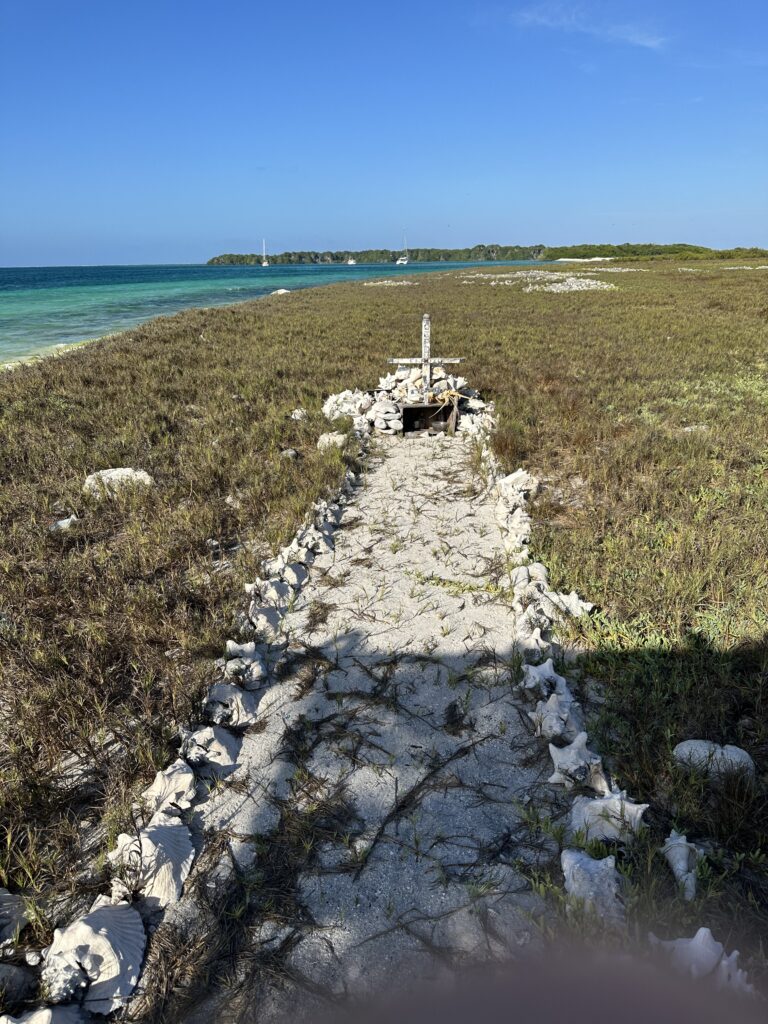
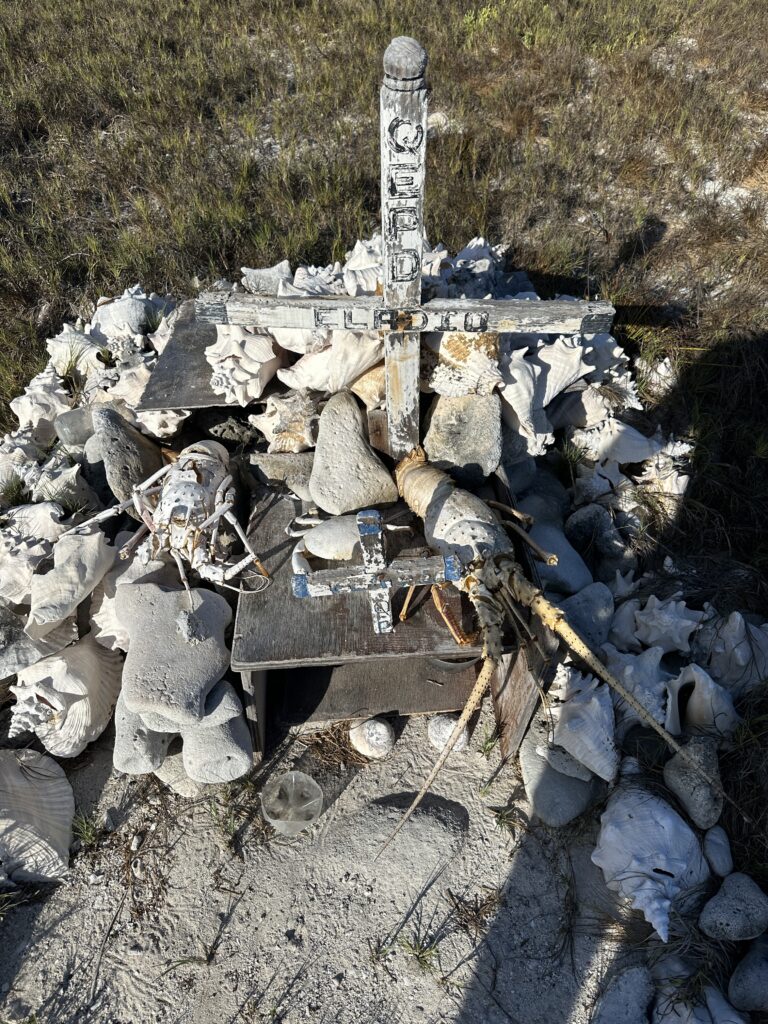
We explored the mangrove clad island with the dinghy. It had a small waterway which allowed us to get up close with the thousands of birds. We saw flamingos, booby masks and frigate birds.
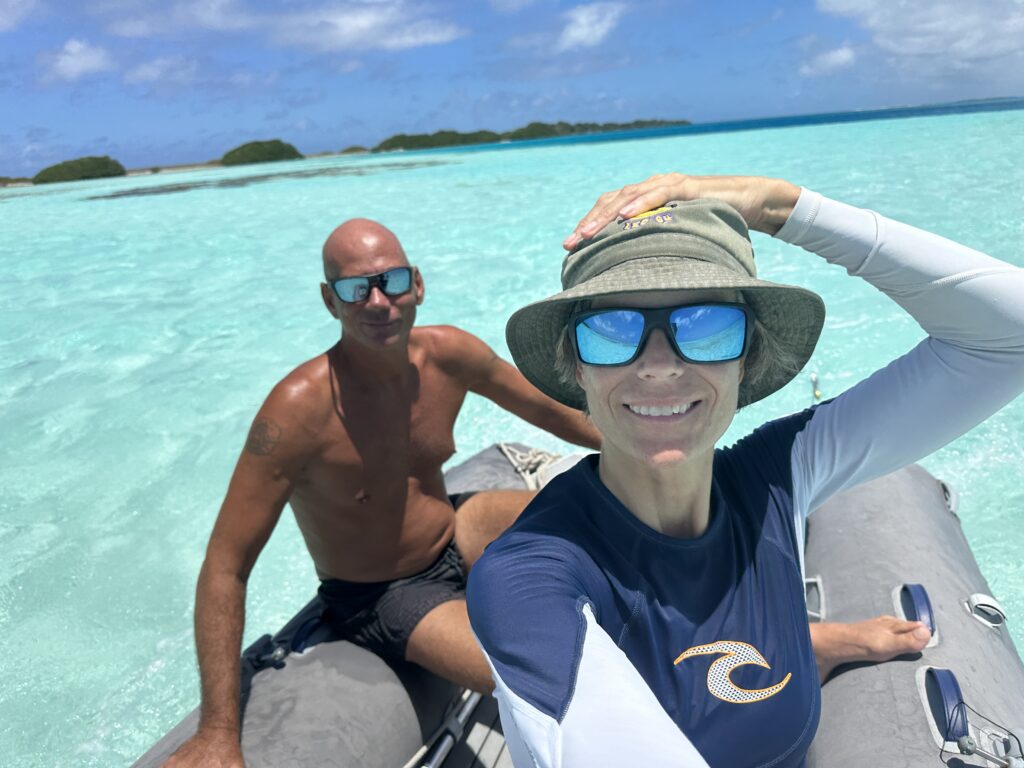
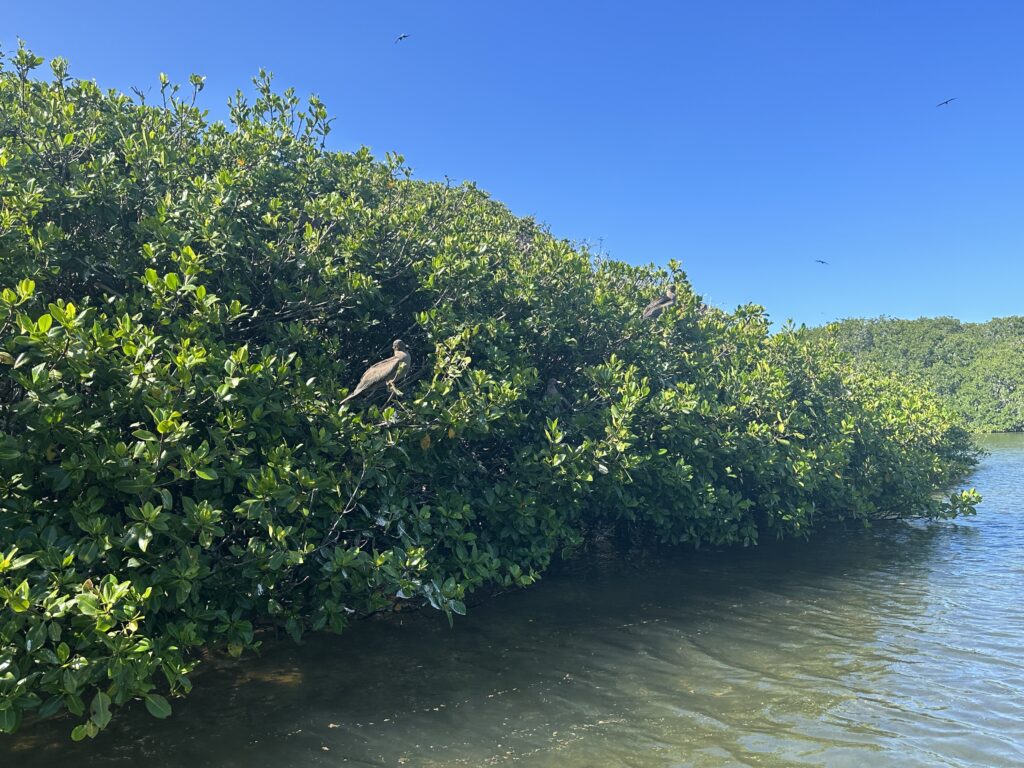
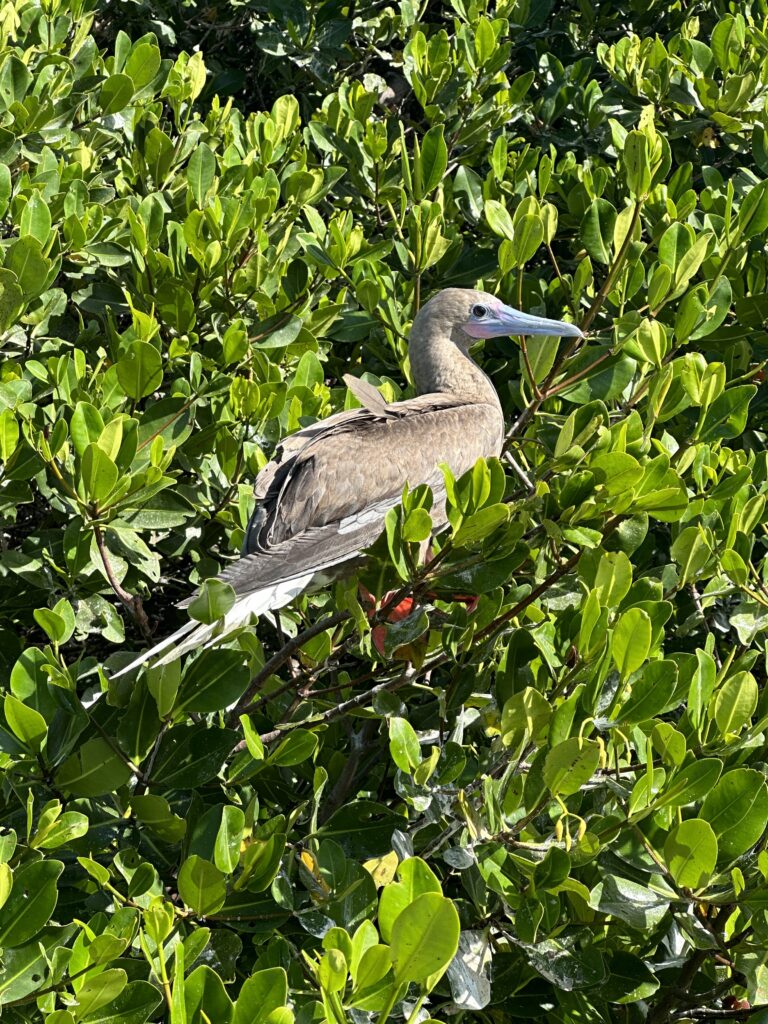
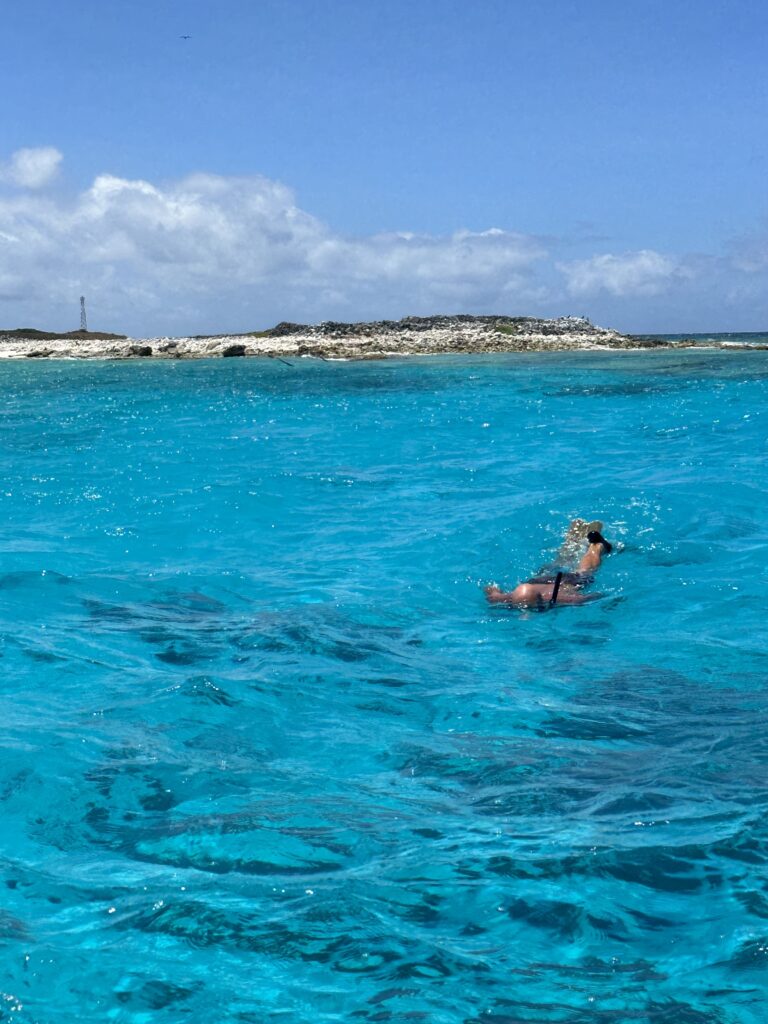
We hung out with Marsee and Jaume (originally from Mallorca) from our new buddy boat quite a bit. It is so nice to meet fellow sailors who have chosen the same lifestyle, and can relate to the ups and downs of it. We were very fortunate to be invited over to their boat for a lovely Spanish paella with lobster 🥰
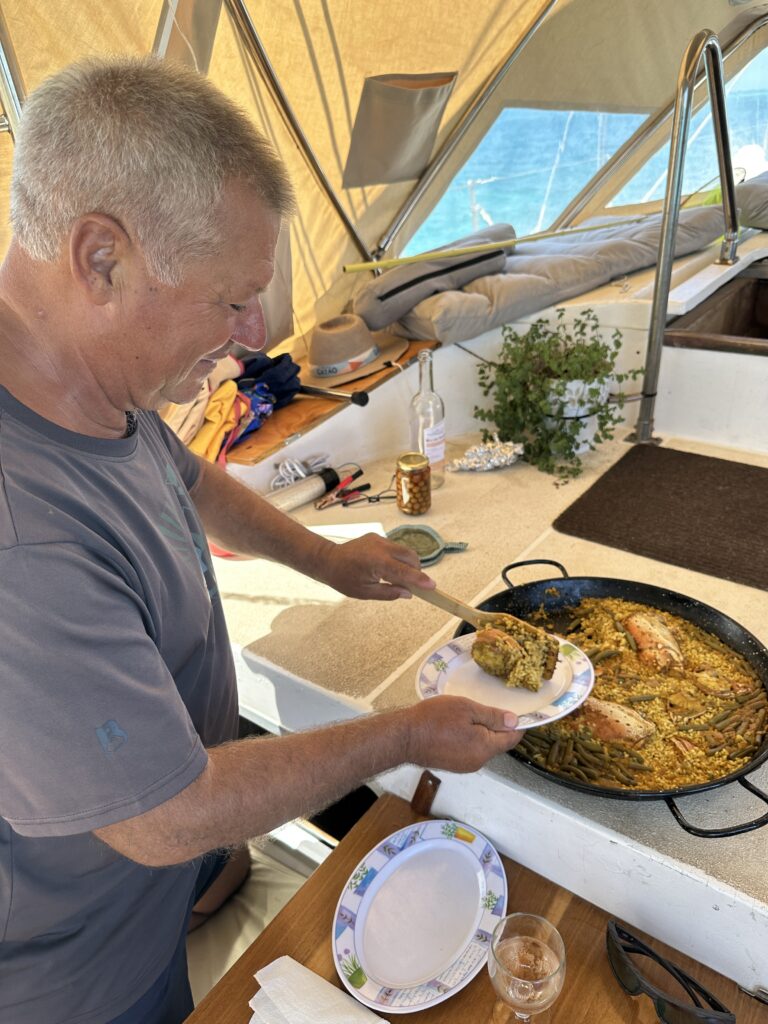
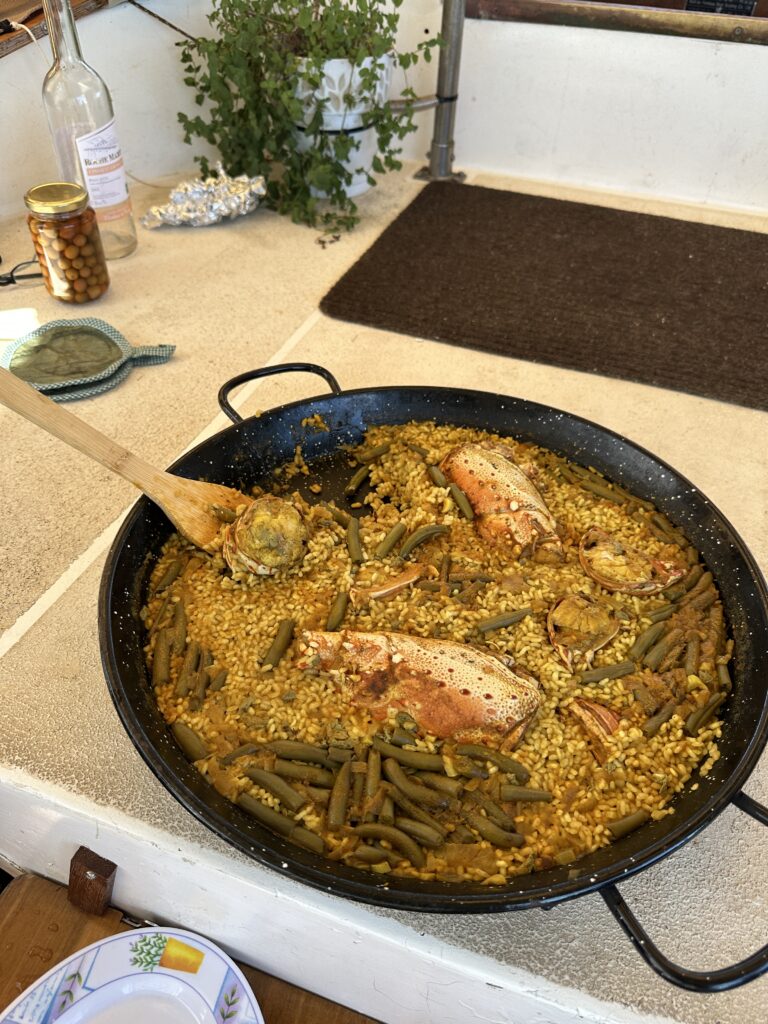
They were invited back to our boat for cinnamon rolls and Norwegian buns with raisins the next day.
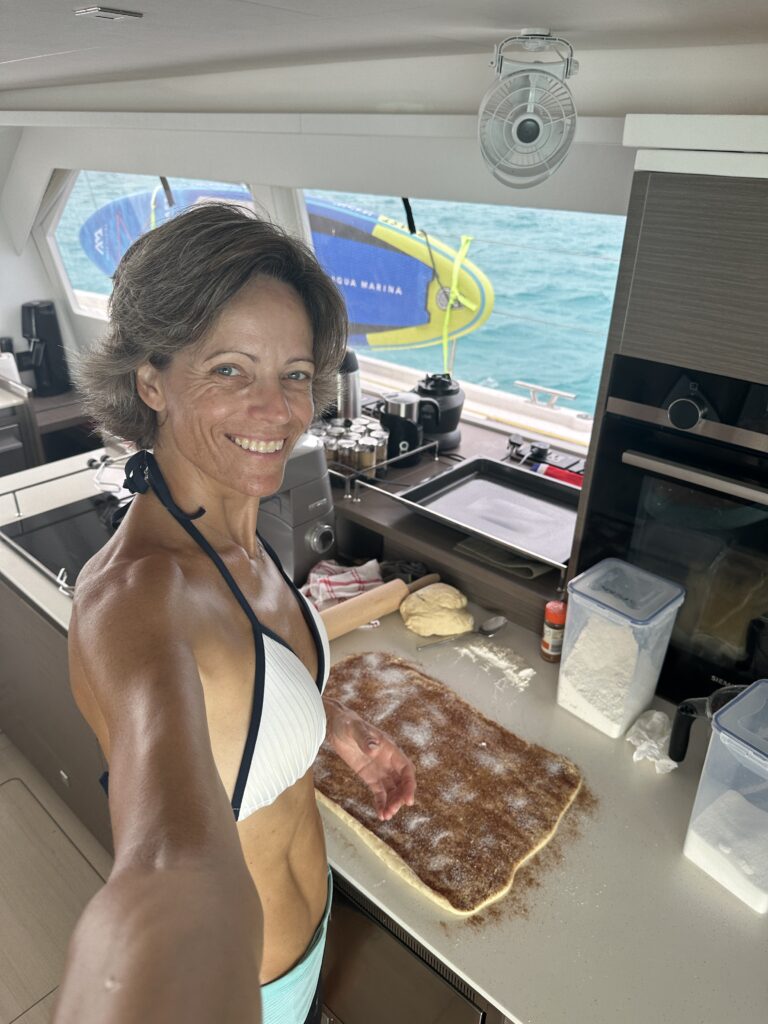
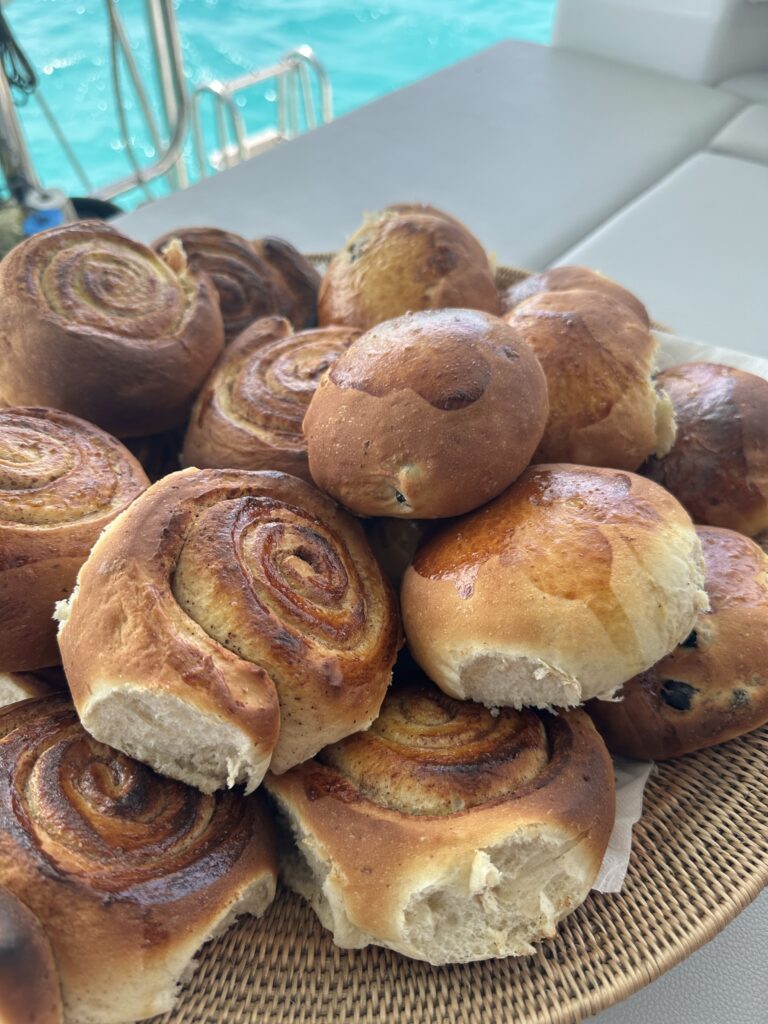
The four of us decided to sail on to Aves de Sotavento together. Most sailboats skip these islands, as the coast guard patrols regularly, and we really didn’t have a permit to stay. With two fluent Spanish speakers and the Admiral’s Spanish, we were quite certain that we would be allowed to stay a night.
We went to the Northern most anchorage, tucked away behind a small island with a lighthouse on it.
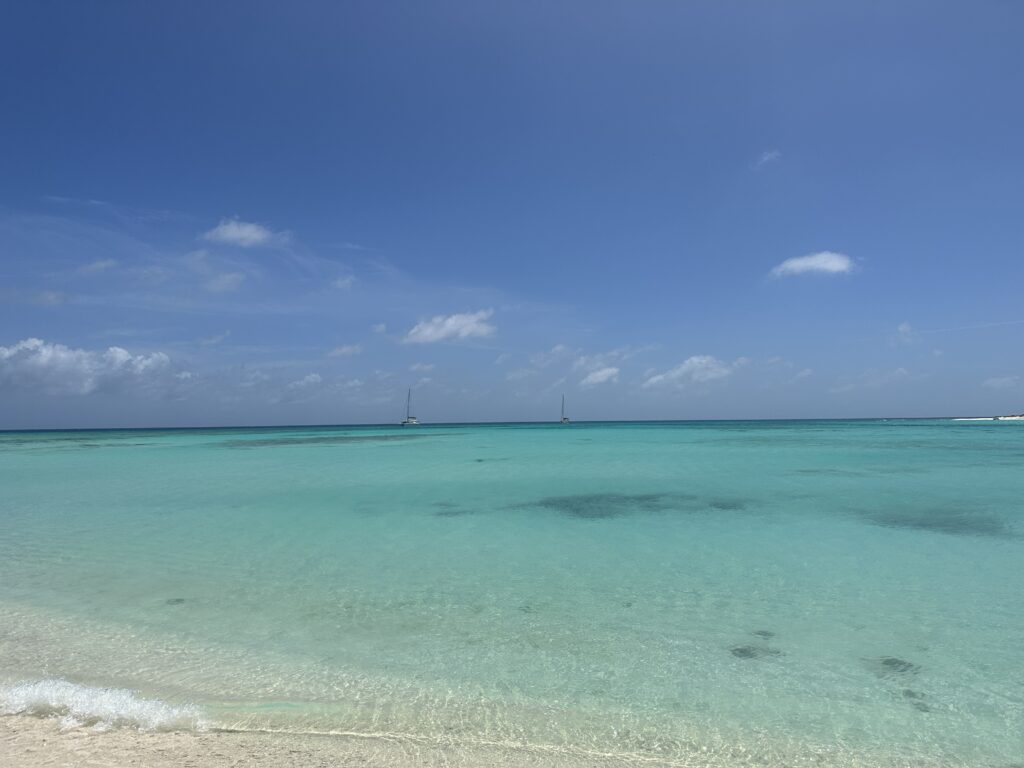
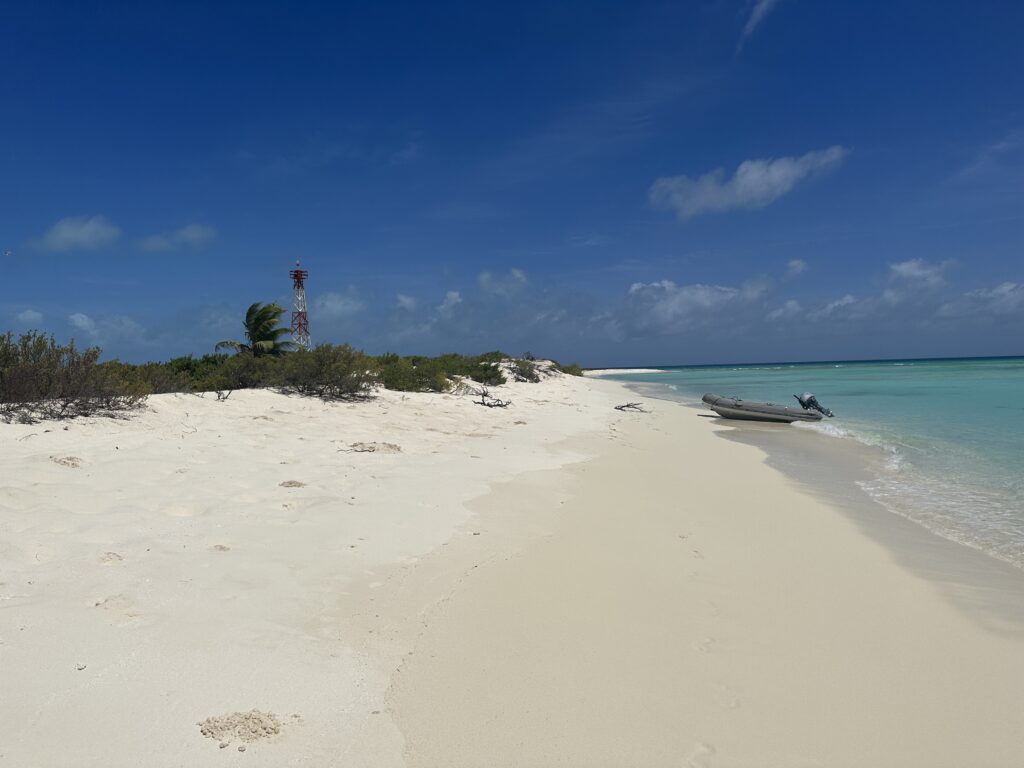
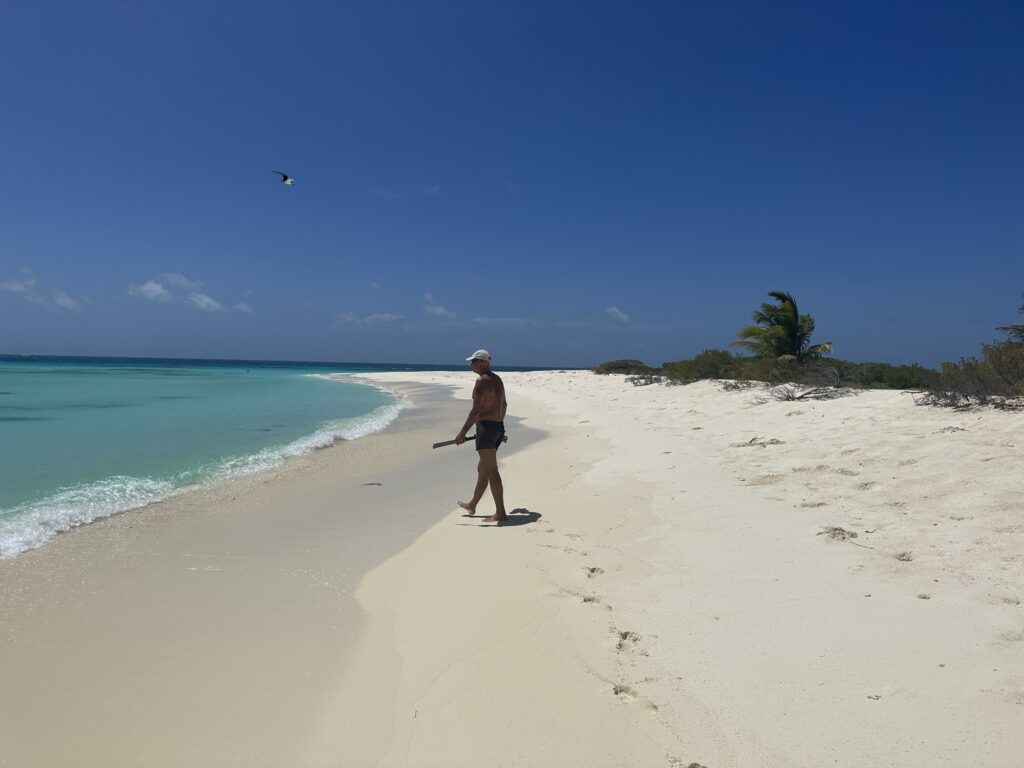
The waters were again beautiful, and we had a good snorkling destination close by, however with yet another ear infection on one of the Noxoma crew, we unfortunately did not get to snorkel.
During the stay, we celebrated our 15th anniversary since we started dating – June 14th, 2008. Marsee and Jaume joined for dinner, which lasted way beyond sailor’s midnight.
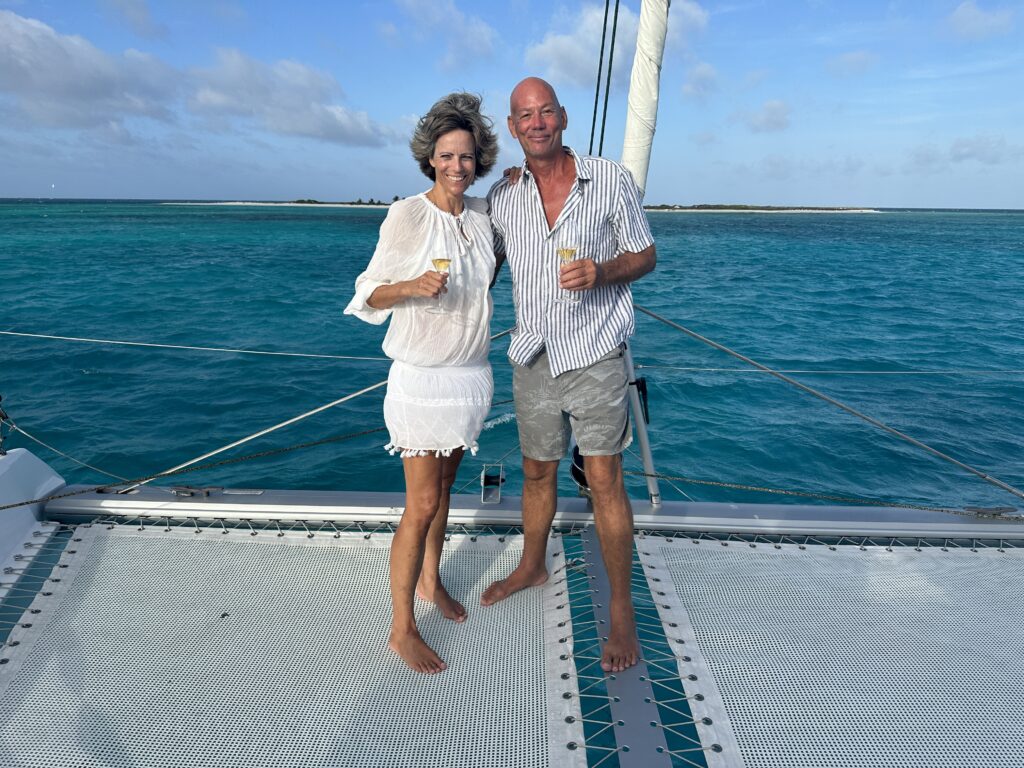
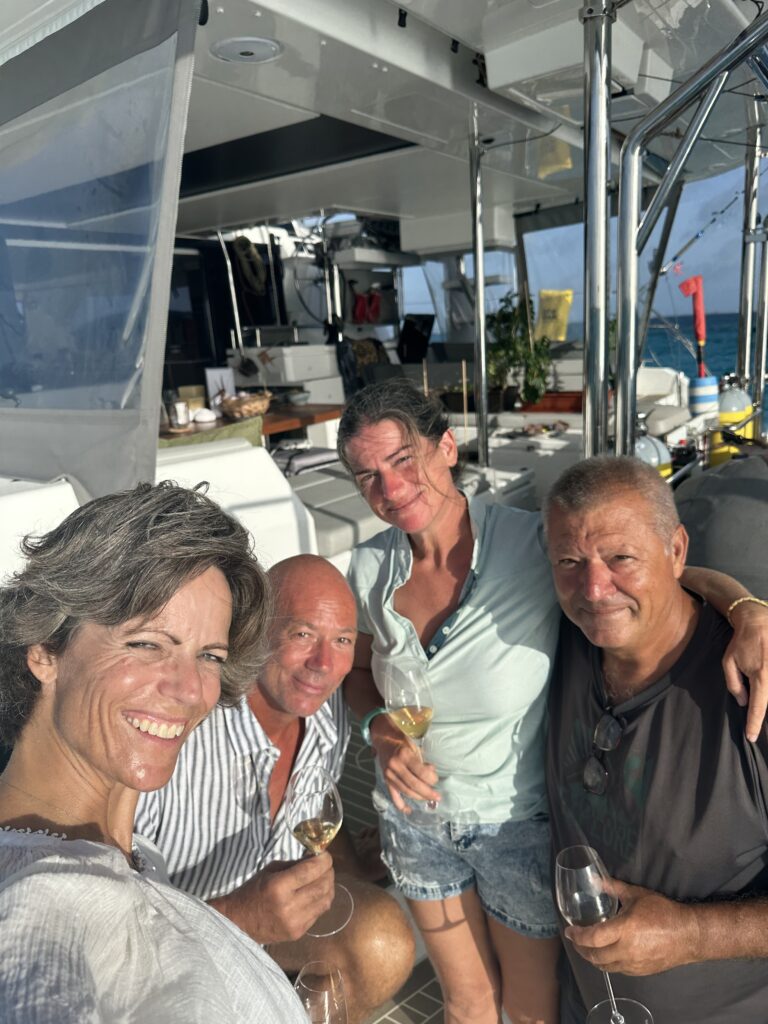
The following morning we were all sleeping in, as we had decided to stay another day due to heavy winds. We were awaken by the coast guard arriving at 08:00am, and were ill prepared for them coming onboard. With a long, heavy wooden boat with little maneuverability, we got our first scratch in the gel coat… 😭
The Admiral’s Spanish really got tested, explaining our route, reason for being there, and not telling them about it. After five “lo siento”, we were left off the hook. We ended up staying two more nights with their permission, as the wind was quite heavy.
Finally, we set sail towards Curaçao, after spending almost three weeks in Venezuelan waters. It has been some of the best anchorages we have had since arriving in the Caribbean. Pristine waters, lots of animal life above and below water, quiet anchorages often left to ourselves, and super friendly locals gladly sharing information on their beautiful country. We could not have been more pleased, and we highly recommend it for all sailors!
